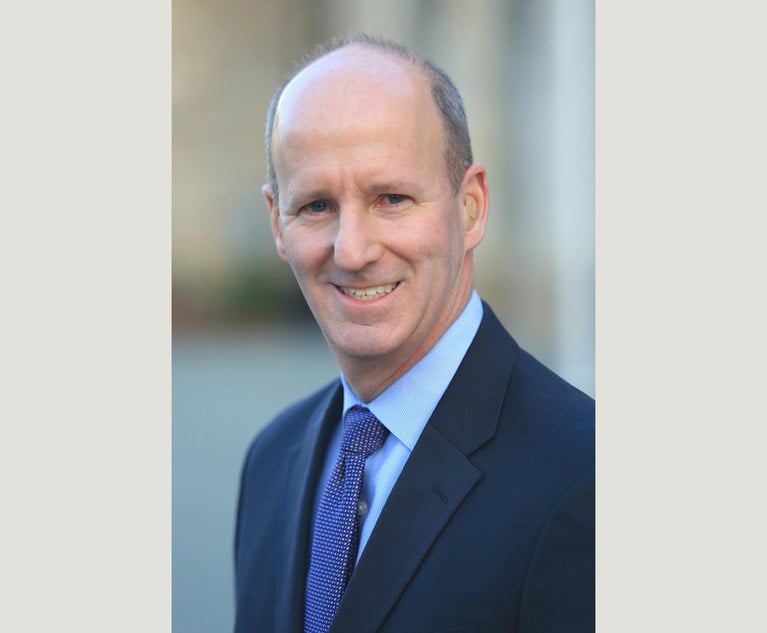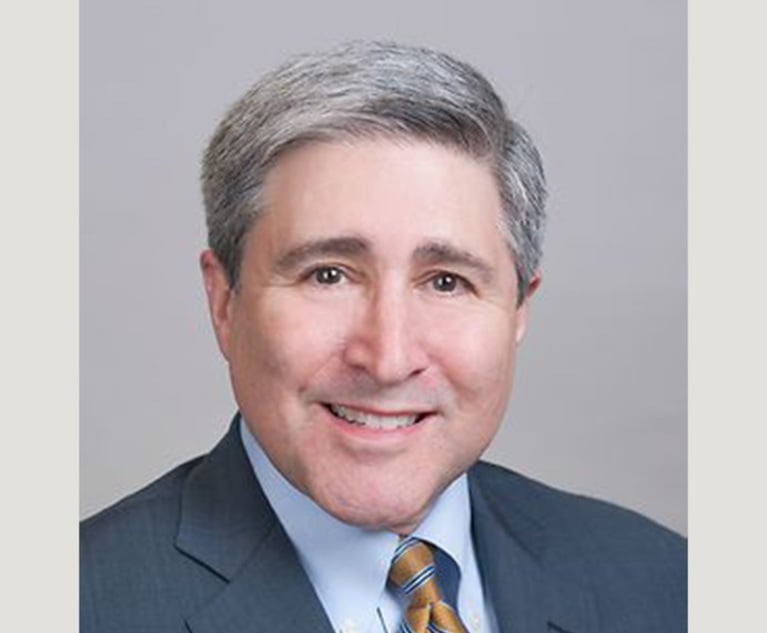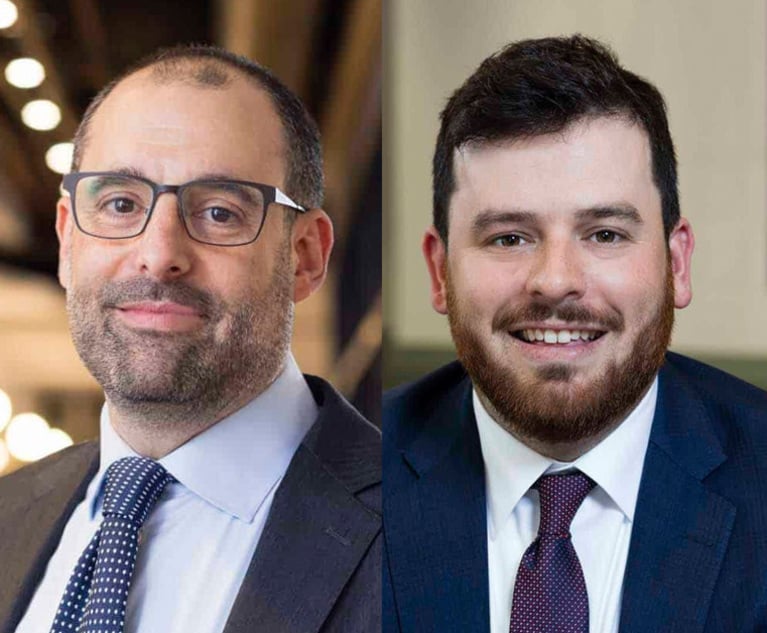If ever there was a business development cheat sheet, this is it!
I am going to tell you exactly what several of my multimillion-dollar rainmaking lawyer clients did to strengthen relationships with their current clients and key referral sources. In no particular order, here they are—some new and some covered in my article published here six years ago. They all helped accomplish what my clients set out to do: get more work and grow client and referral relationships.
- Visited a client—expressly off the clock—to see what problems were keeping the president of the company up at night. Upon returning to the office, the lawyer sent the client a memo with suggestions and a strategy for tackling these problems.
- Took the train to New York City to visit a client—again off the clock—to find out how the law firm could improve its service in the client’s eye.
- Attended the funeral of a client’s mother.
- Gave a speech to an industry group and then turned the talk into an article and client alert. The lawyer further used the article as a reason to set up a meeting with a newspaper reporter who covered such issues. The lawyer was happily quoted in the eventual article.
- Had a breakfast and lunch with two different nonlegal referral sources to see what the lawyer could do for them to help grow their business. At the end of the conversations, both referral sources asked the lawyer how they could be of help to her practice.
- Called a client on the phone to personally wish her a happy birthday.
- Introduced a client to a new key contact for them.
- Knew that the client loved to play golf and wanted to play the top courses in the United States and so he reached out to friends who were members of the one of those courses and arranged for the client and a guest to play.
- Nominated the client for an award being promoted in a local newspaper and told the client that she had done so.
- Researched the charity near and dear to his client’s heart and then asked the client how he could help—financially or in kind—in some way.
- Prepared a “litigation prevention/risk reduction” talk and took it on the road to 10 clients.
- Attended a board meeting the client was having—for free.
- Attended a CLE and then sent the top three points made to referral sources who could then share the information with their clients to create a positive touch.
- Introduced the client to lawyers from a different practice area—knowing the client was making inroads into a new industry and would need that kind of specialized counsel.
- Attended a trade industry conference with a client to better understand the challenges/opportunities facing the client.
- Met with a possible new client facing imminent litigation and provided a possible strategy.
- Endorsed referral sources’ skills on LinkedIn.
- Sent a client a birthday gift of a monthly subscription to a treasured magazine. Each month the client receives it, they will think of the lawyer.
- Put together a meeting of all lawyers and staff who work for the lawyer’s top client and strategized on how to improve communication, service and responsiveness.
- Met with a client—off the clock—to provide insight on new compliance legislation that was going to affect the regulated client.
- Co-wrote an article with a client and had it published in a key industry trade journal.
- Checked out pending legislation in her state to see what new practice opportunities abounded. Saw that changes were coming to the state tax code and issued a short white paper on what clients could expect. Sent the white paper to her clients with a personalized note.
- Asked the state bar association if he could start a subcommittee—and co-chair it—with a noncompeting referral source—to educate the bar on new health care legislation. They said yes.
- Contacted an inactive, former client to give her an idea for growing her business from The Wall Street Journal.
- Took an hour on the phone of nonbillable time to check in with her top 10 clients, expressly to thank them again for the privilege of representing the company.
- Offered to review a client’s intellectual property portfolio—for free.
- Reviewed client bills prior to sending them out—to make sure that they were fair, informative of services provided and time written off and specifically identified gratis and value-added services. This lawyer knows that invoices are the most closely read piece of paper by clients and thus present a tremendous marketing opportunity.
- Provided a one-hour ethics CLE to the entire legal staff at a client’s headquarters.
- Got on planes, trains and automobiles to visit clients off the clock and hold “office hours” with their key managers who could wander in and out of the conference room asking questions.
- Joined a key trade industry with the idea of eventually going on the board—but for this first year attending as many events as possible to meet people.
- Met with her assistant to get her views on how—as a team—they could improve service to clients.
- Took time on a Monday to “calendar” three months of Thursday lunches with referral sources and individual members of a board on which the lawyer serves.


 Stacy West Clark of Stacy Clark Marketing. Courtesy photo
Stacy West Clark of Stacy Clark Marketing. Courtesy photo




